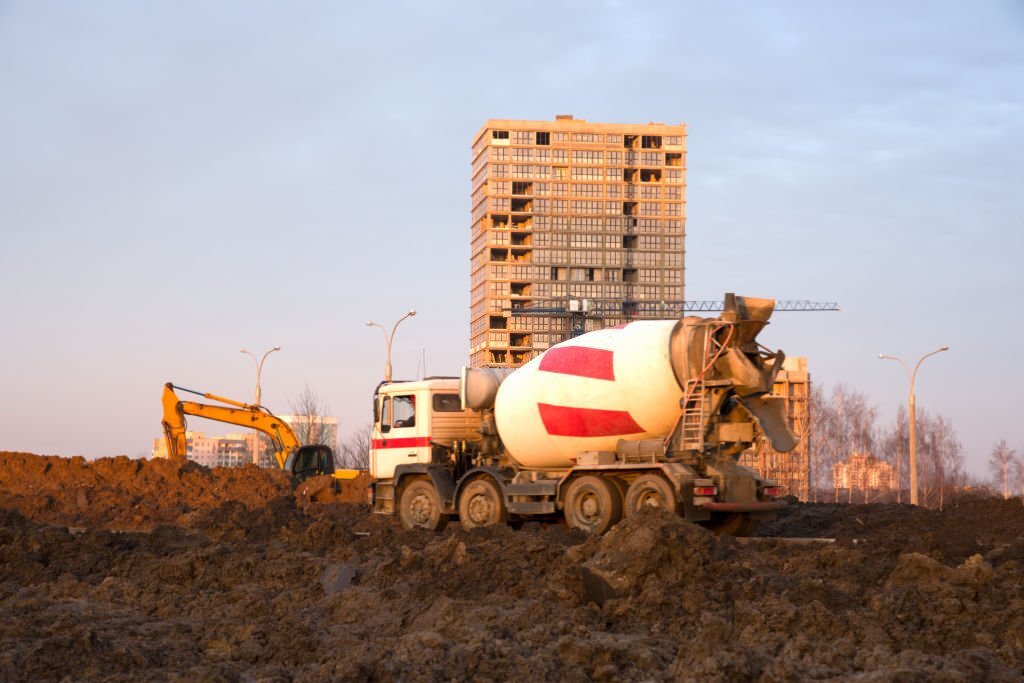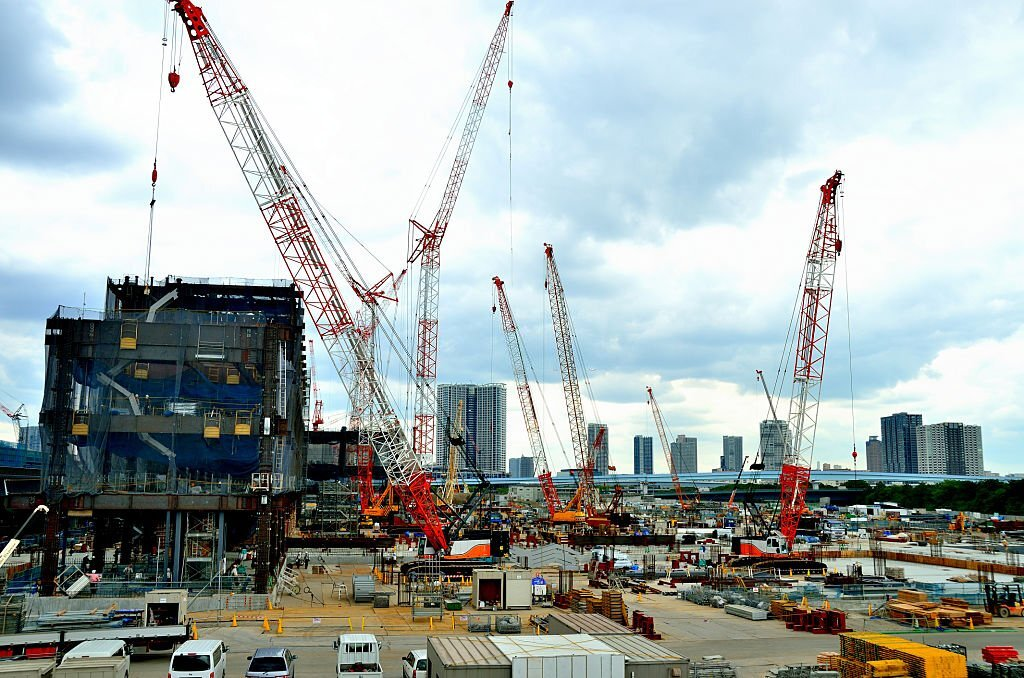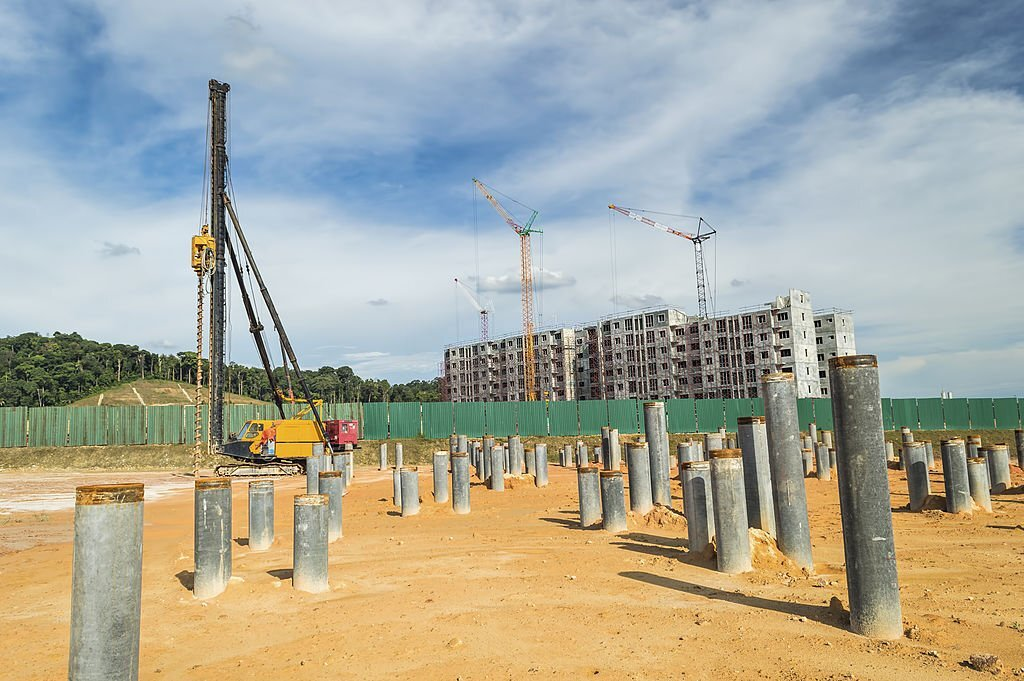Introduction:

Amidst the bustling spectacle of the construction industry, where ambitious skyscrapers punctuate the skyline and sprawling bridges traverse seemingly insurmountable chasms, the unsung heroes known as pile drivers command a silent yet pivotal role. These mammoth machines serve as the uncelebrated architects of the very foundation upon which our boldest architectural visions take shape. Beneath their formidable exteriors, however, lies a crucial determinant that quietly dictates their operational efficacy: the intricate interplay between the size and weight of the pile driver itself. Embarking on an illuminating exploration, we venture into the nuanced intricacies that underlie the relationship between pile driver dimensions, weight distribution, and their consequential impact on the overall performance within the realm of heavy equipment operations.
This comprehensive examination delves into the multifaceted effects of pile driver size and weight on pivotal aspects such as pile-driving efficiency, structural stability, and adaptability within the dynamic context of construction projects. By unraveling the intrinsic mechanisms through which these factors influence the seamless execution of pivotal construction tasks, we uncover the foundational principles that underpin the successful implementation of construction endeavors. Through this exploration, we illuminate the critical role played by pile drivers in shaping the landscape of modern construction practices, highlighting their indispensable contribution in laying the groundwork for structural durability, resilience, and longevity within the grand tapestry of architectural ingenuity.
The Foundation of Pile Driving Efficiency: Size Matters

In the intricate world of construction, the size of a pile driver emerges as a critical determinant that profoundly impacts its operational capabilities, particularly in relation to the generation of impact energy—the fundamental force that propels piles into the ground. Larger pile drivers boast robust, intricately engineered hammer mechanisms that are adept at harnessing and channeling substantial impact forces, thus facilitating the efficient and effective penetration of the most robust soil compositions. This inherent advantage assumes paramount significance, especially when grappling with formidable challenges posed by dense or otherwise recalcitrant soil conditions. By virtue of their augmented impact energy, these larger pile drivers effortlessly surmount resistance, effortlessly navigating through layers of obstructions and swiftly delving into the ground with unparalleled precision and efficiency.
The decisive role played by the size of the pile driver in determining impact energy not only underscores its pivotal contribution to the seamless execution of construction tasks but also serves as a testament to its indispensable stature within the realm of modern construction practices. As an instrumental ally in the perpetual pursuit of structural durability and resilience, the sizeable impact energy harnessed by these powerful machines continues to redefine the parameters of efficiency and efficacy within the dynamic landscape of contemporary construction endeavors.
Stability Amidst Stature: Weight’s Impact on Performance

Weight and Force Distribution Weight is a determining factor in a pile driver’s ability to maintain stability during operation. Heavier pile drivers possess a natural advantage in distributing the dynamic forces generated during pile driving. The substantial weight ensures that the machine remains grounded, preventing swaying or tipping that could compromise the accuracy and safety of the operation.
Imparting Energy: Weight’s Role in Energy Transfer The weight of a pile driver is instrumental in transferring impact energy effectively from the pile hammer to the pile and subsequently into the ground. A heavier pile driver provides a stable platform that can absorb and transmit energy more efficiently. This efficient energy transfer minimizes energy losses, ensuring that a significant portion of the impact force is utilized to drive the pile into the ground.
Adaptability Unveiled: Size, Weight, and Versatility

In the dynamic landscape of construction, the size of pile drivers bears a profound impact on their adaptability to diverse site constraints. While larger pile drivers exhibit superior performance in penetrating challenging soil types, their expansive dimensions often pose constraints in navigating through confined construction sites. Compact spaces or areas with limited accessibility can significantly impede the maneuverability of these larger machines, necessitating the deployment of smaller, more agile pile drivers that are adept at negotiating tight spaces and intricate site layouts.
Conversely, the weight of a pile driver assumes a pivotal role in determining its suitability across various terrains. While heavier pile drivers are typically favored for their enhanced stability, their efficacy might diminish when confronted with terrains characterized by softer or unstable ground compositions. In such scenarios, lighter pile drivers emerge as a pragmatic choice, exerting reduced pressure on the ground and minimizing the risk of sinking, thus showcasing their adaptability and resilience in navigating through challenging terrains with heightened efficiency and precision.
Conclusion:
Size, Weight, and the Symphony of Construction
In the grand orchestra of construction, where precision and power converge, the size and weight of a pile driver play the roles of composers. They dictate the force of impact, the depth of penetration, the stability of the machine, and the adaptability to various terrains. From the colossal hammers of heavyweight drivers to the nimble finesse of lighter counterparts, each iteration has a distinct voice in the construction symphony.
Understanding the relationship between size, weight, and performance is essential for construction professionals. The choice of pile driver must harmonize with the demands of the project, the characteristics of the soil, and the intricacies of the construction site. As technology advances and construction challenges evolve, the symphony of size and weight continues to evolve, guiding the crescendo of construction achievements that shape the world around us.
#pipe piles#sheet piles#heavy machinery#heavy equipment operators#construction site#vibratory hammers#vibratory hammers#diesel hammer#bearing capacity#conveyor belt#significant impact
#ground conditions#popular manufacturers#growing concern#various pile types#job#project#concrete#the concrete#
company#technology#various types#matter#maintenance#developing#excavator#operation

